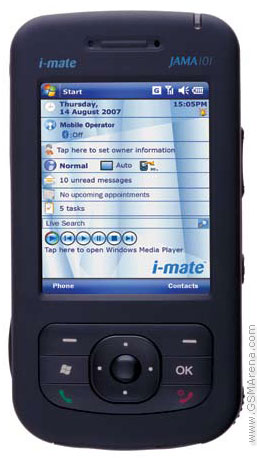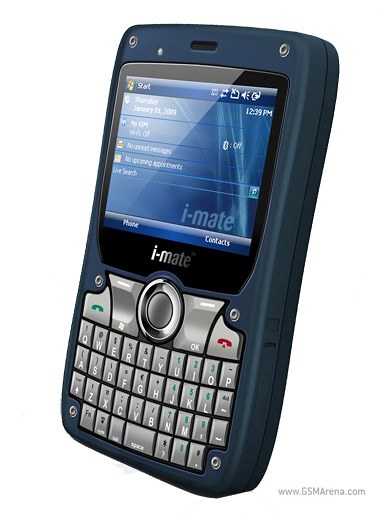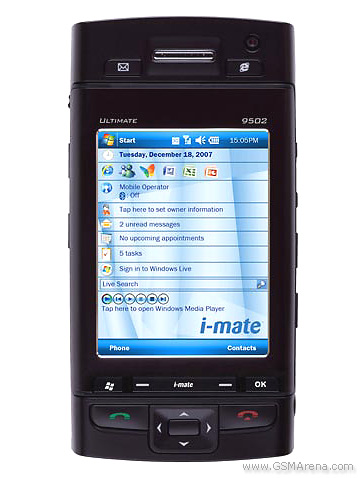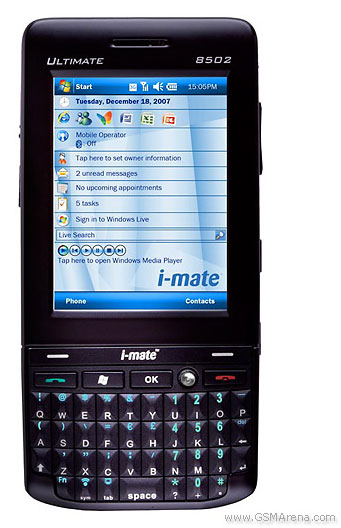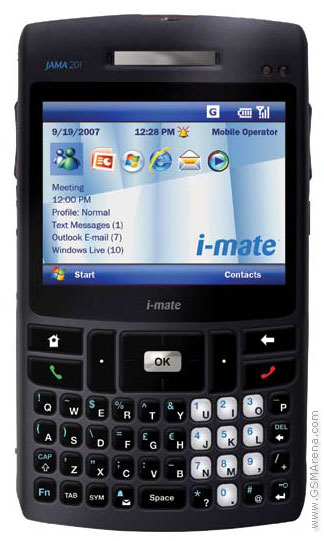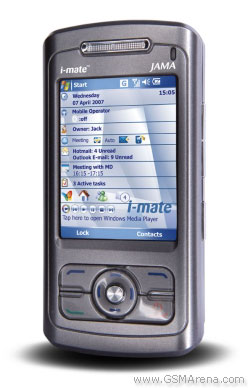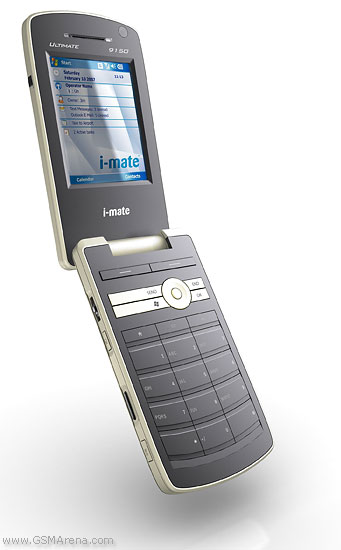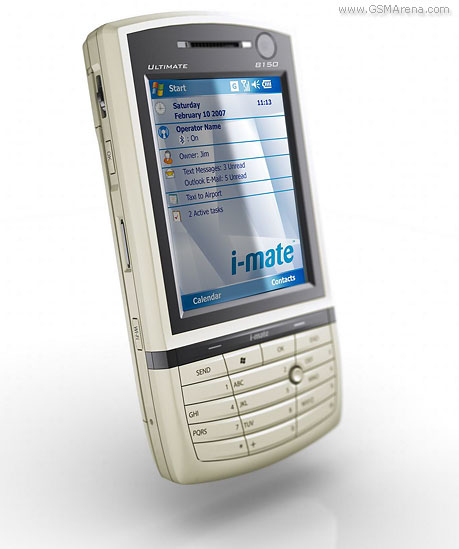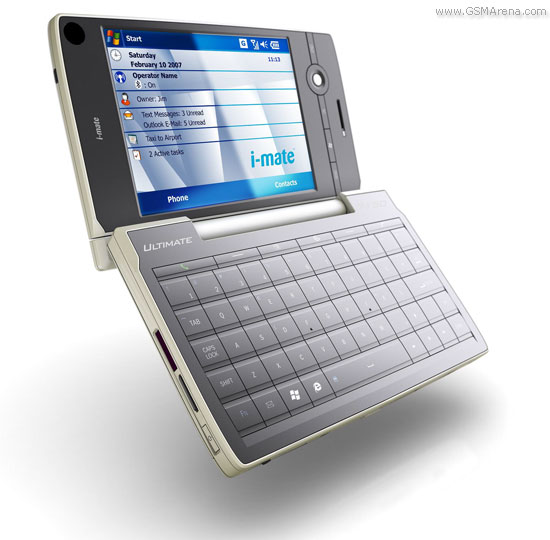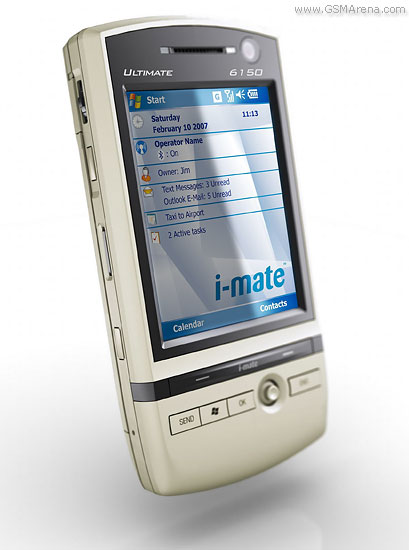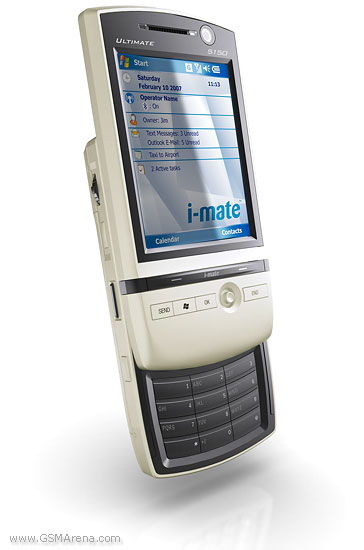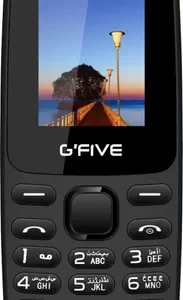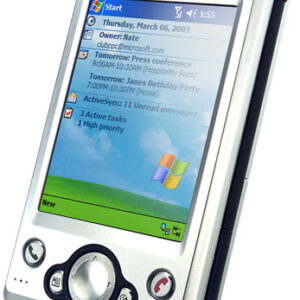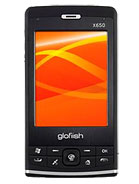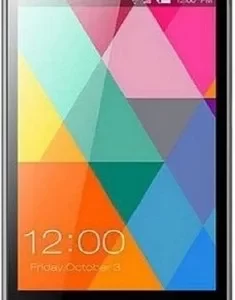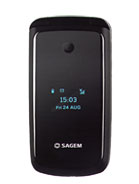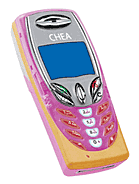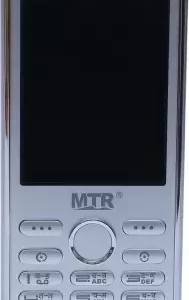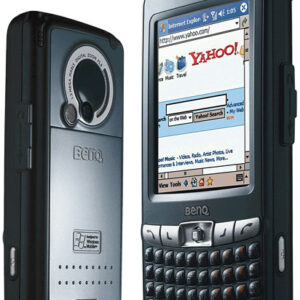i-mate JAMA 101 Overall
The i-mate JAMA 101, launched in October 2007, stands out in the realm of early smartphones with its Windows Mobile platform, presenting a blend of basic functionality and the emerging smartphone features of its time. With a compact 2.4-inch display, this device caters to the essentials of mobile communication while also incorporating a 2 MP primary camera, suitable for capturing straightforward photos in the pre-smartphone photography era.
At the heart of its performance, the JAMA 101 is equipped with 64 MB RAM, supporting the relatively modest computing needs of Windows Mobile applications and services. The battery capacity of 1020 mAh, while modest by today’s standards, was adequate for the device’s era, balancing between operational needs and the technological limitations of the time.
This blend of features reflects the transitional nature of mobile devices in the late 2000s, offering a glimpse into the early stages of smartphone evolution where the focus was gradually shifting from mere communication to multimedia and productivity applications, albeit within the constraints of the period’s hardware capabilities.
